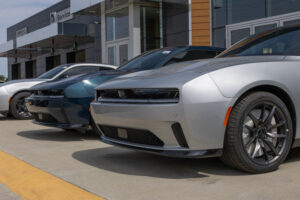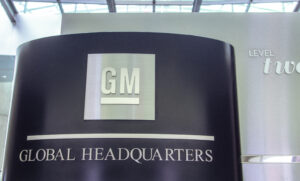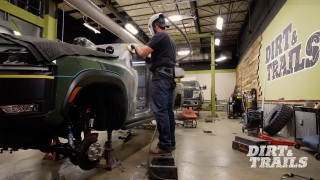This is When the Chip Shortage Could End

Is there any relief in sight!?
Just when we thought things were on the up and up, we’re hit with another wave of uncertainty in the auto industry. Not only is the price of a used car soaring, in some cases, it’s more costly than a new car, but it may persist longer than initially forecasted. There hasn’t been a manufacturer exempt from this either, which has made things interesting, to say the least. There may be some light at the end of the tunnel, but as you’ve seen, things can change in a flash. Until then, prices are going to remain historically high. Good news for some, not so much for others.
Analysts monitoring the situation have mentioned that record-high consumer prices for vehicles will persist for the foreseeable future. When could we see relief? By 2023, barring any setbacks. Kelley Blue Book released data showing that new-car prices have reached record highs for the fourth straight month. The data illustrates that the average transaction of $42,736 was eight percent higher than this time last year. The typical new car is going well above the manufacturers suggested retail price (MSRP).
The extreme pricing has been yet another challenge those heading back to the office after a long hiatus are facing. Many consumers are opting for a personal vehicle as opposed to public transportation because of mounting fear attributed to the pandemic. This is one of many factors why used cars are appreciating in value, a phenomenon no one could have ever predicted.
While the semiconductor chip shortage has been at the forefront of the issues plaguing the auto industry, evident by Toyota slashing production by 40 percent in North America recently, the shipping chain, as a whole, is suffering.
For example, automakers are battling shortages of plastic, glass, and wiring harnesses. Even when Ford was able to acquire the parts they need, they recently lost several vehicles due to a train accident when the finished cars and trucks left their factory. It has been one wave after another, but if experts are, in fact, correct, next year should yield better results. We’re hoping that 2023 is finally the year the automotive world is operating on all cylinders.
In the meantime, if you’re a used car salesman, own a used car lot, or recently sold a used car for a nice profit, you’re secretly hoping this lasts a little longer. If you’re on the other side of the spectrum, you can attest to these unique challenges and are hoping it happens sooner. Fortunately, there is light at the end of the tunnel and we should achieve some balance soon.









